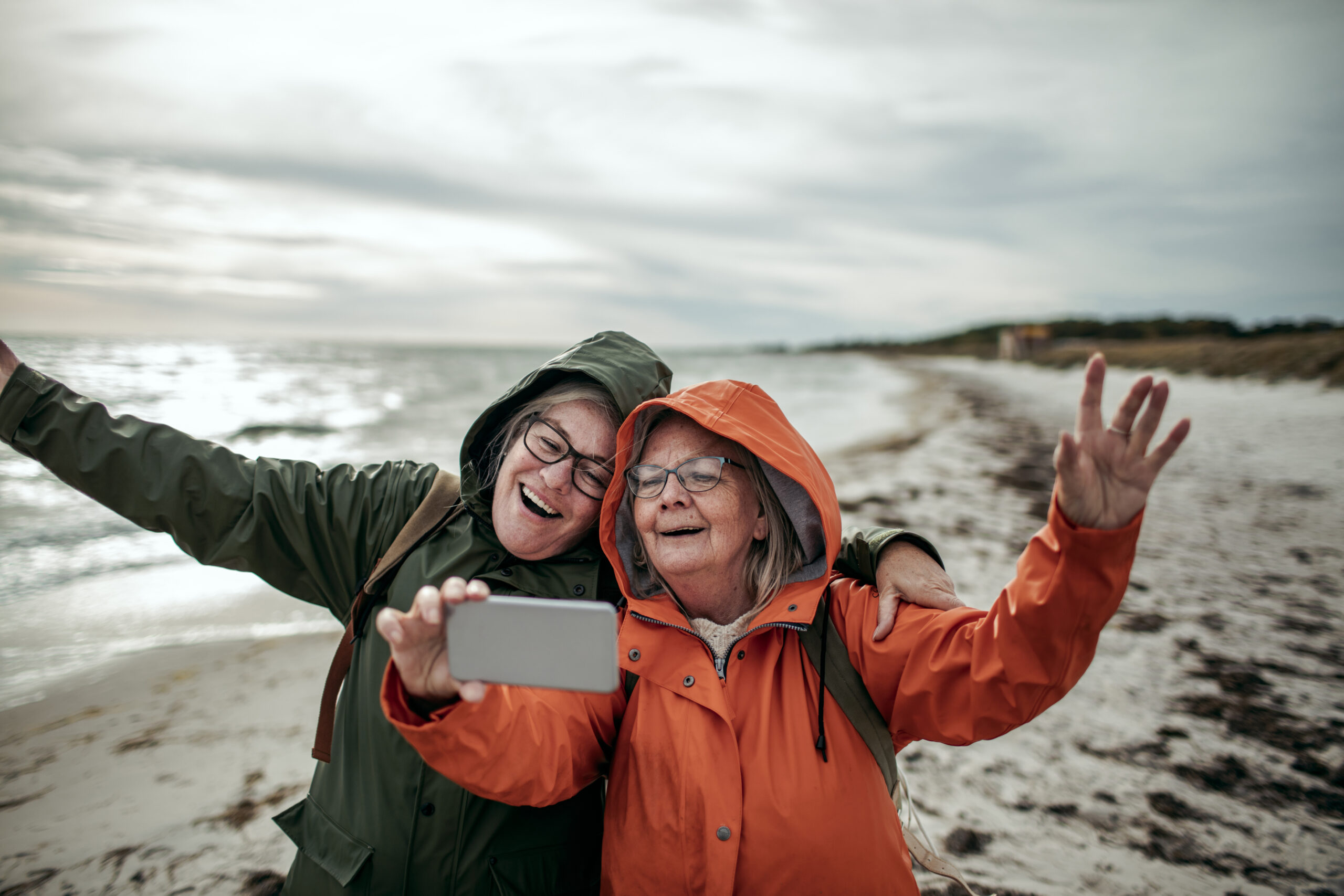
Tech on a Trip: Tips and Tricks
Traveling abroad can be an incredibly fun, adventurous, and exciting experience! In the last few years especially, technology has positively transformed the way people travel, making it easier, more accessible to tourists worldwide, and with expanded possibilities. Here are some tips and tricks for using technology while you travel:
USING YOUR PHONE INTERNATIONALLY
Most cellular service suppliers have daily add-on options to purchase international data plans. Contact your provider to select the right international data plan for you. If you decide not to add an international plan to your service, be aware of possible costly roaming charges. Make sure your cellular networks are switched off and you are solely using Wi-Fi while abroad.
KEEP DEVICES SAFE
We mean this both physically and in terms of cybersecurity. Be wary of using public Wi-Fi, and only use secure Wi-Fi networks. Make sure devices are securely hidden when not in use.
Consider getting travel insurance for your next trip. With a variety of coverages available, you can have peace of mind knowing you are protected in the event something goes not-as-planned. Whether it’s a lost valuable item, a missed flight, or an unexpected medical emergency, travel insurance adds an extra layer of financial security and protection.
Learn more about whether travel insurance is right for you here.
WI-FI
You will have the option to enjoy free Wi-Fi access in Oceania Cruises’ simplyMORE offer. Starting October 1, 2023, each suite or stateroom offers a Wi-Fi login for two devices with the option to purchase additional logins and upgraded packages. Access to computers in the 24-hour Oceania@Sea Internet Center onboard is also available, where you are welcome to check your emails, connect with family and loved ones, etc. For personalized service, Oceania@Sea is fully staffed during these times:
- Sea Days: 8 a.m. – 7 p.m.
- Port Days: 8 a.m. – 11 a.m and 3 p.m. – 7 p.m.
For those of you looking forward to a cruise on Oceania Cruises’ Vista, High-speed Starlink is available and will be rolled out to the rest of the Oceania Cruises’ fleet soon.
ACCESS TO STREAMING SERVICES
Some ships are equipped with strong Wi-Fi, but the quality of connection can be dependent on factors we can’t control or predict – like the weather out at sea. To ensure you are still able to enjoy your favorite music, shows, movies, etc., we recommend downloading anything you want to have access to ahead of time. The ships will have TV and movie options available to you as well.
TAKING PHOTOS
Taking photos on your trip is a great way to preserve memories. If you are bringing a camera, remember to bring an extra memory card, camera cleaning supplies, and be mindful of significant temperature changes that can sometimes result in camera damage. Alternatively, most phones take high quality photos and make it even easier to share with loved ones back home.
DOWNLOAD A TRANSLATOR APP
Stressed about navigating the language barrier between you and the locals? Not to worry, there are several handy translation apps that can help you communicate. Apps like Google Translate, iTranslate, TripLingo, TranslateNow, and others can assist you in communicating effectively with the residents of the country you’re traveling to.
ADAPTERS, CONVERTERS, AND OUTLETS
Oceania ships are supplied with North American-style outlets. If you are participating in a Go Beyond Pre-Cruise and/or Post-Cruise program, we recommend bringing an adapter for your phone charger or other devices. Below is a list of commonly used adapters for different regions of the world:
- Europe: The Type-C Travel Adapter is most common in Europe, but we recommend researching the country you’re traveling to to confirm what specific adapter is used.
- East Asia: In Japan, Type-A and B power sockets are used, which is the same as the United States. Voltage in Japan is 100 Volt and 110 Volt in America, however, most American plugs should be compatible with Japanese power sockets.
- Australia and New Zealand: Both Australian and New Zealand use Type-I power sockets.
- Central America: Type-A and B power sockets are used, same as the United States.
Note: These are commonly used power sockets per region, but we recommend confirming which power socket and voltage level is used in the specific country you are traveling to.
ADAPTER VS. CONVERTER: WHAT’S THE DIFFERENCE?
Adapters simply help you fit your plugs into the power sockets used abroad, and converters change the voltage amount in a power socket to be compatible with your plugs. Voltage defaults vary from country to country
You can check the voltage level on the specifications label of your device. It will be the number sequence next to “INPUT” followed by a “V.”
For Example: Most American appliances run on 110 volts, while European appliances run on 220 volts. If you see a range of voltages printed on the item or its plug (such as V110–220), you can run an American appliance plugged into a European outlet. If your label does not have a range, you will need a voltage converter to make the appliance run correctly without being damaged.
We know planning for an international trip can be stressful, but with proper preparation, you can relax knowing you’re ready for your next adventure abroad. Getting technology sorted ahead of time can set you up for a smooth-sailing experience, so all you have to think about is making memories.
When you travel with GoNext, you can rest easy knowing we are committed to ensuring you feel supported and taken care throughout the process. If you have any questions about your upcoming journey, please don’t hesitate to call us at 1-800-842-9023.
Book your next adventure at www.gonext.com.
Note: Ship-specific information is pertaining to Oceania Cruises’ policies and fleet